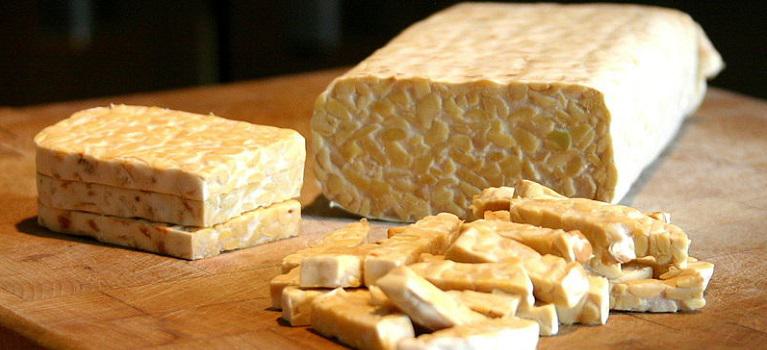


 When adding tofu to your at-home recipes, it is crucial that you choose the right type. Various types of tofu can be found on grocery store shelves, and knowing which to choose is the key to creating a great-tasting meal. Before you head to the grocery store to grab a block of tofu, review the different types below and determine which will work best in your recipe.
When adding tofu to your at-home recipes, it is crucial that you choose the right type. Various types of tofu can be found on grocery store shelves, and knowing which to choose is the key to creating a great-tasting meal. Before you head to the grocery store to grab a block of tofu, review the different types below and determine which will work best in your recipe.
 Now that you know a bit more about tofu, it's time to talk about tempeh. Often overshadowed by tofu's popularity, tempeh is a superfood that boasts impressive benefits of its own. As a plant-based health food, tempeh isn't just for vegans anymore. Its popularity has made it easy to find on grocery store shelves, but what do we really know about this plant-based protein? Here's what the Bob's Red Mill Experts have to say about this beloved meat alternative.
Now that you know a bit more about tofu, it's time to talk about tempeh. Often overshadowed by tofu's popularity, tempeh is a superfood that boasts impressive benefits of its own. As a plant-based health food, tempeh isn't just for vegans anymore. Its popularity has made it easy to find on grocery store shelves, but what do we really know about this plant-based protein? Here's what the Bob's Red Mill Experts have to say about this beloved meat alternative.
 Aside from their varying nutritional content, tofu and tempeh are prepared in different ways. While both are an excellent addition to a healthy diet, choosing one over another might come down to what you're craving that day. Both protein sources make a great meat substitution in meals.
If you're craving a heartier taste and texture, tempeh is the best option. For more unique recipes, tofu is likely the better choice. Because tofu is virtually flavorless, it can be added to nearly any dish and offers more uses than traditional tempeh.
Aside from their varying nutritional content, tofu and tempeh are prepared in different ways. While both are an excellent addition to a healthy diet, choosing one over another might come down to what you're craving that day. Both protein sources make a great meat substitution in meals.
If you're craving a heartier taste and texture, tempeh is the best option. For more unique recipes, tofu is likely the better choice. Because tofu is virtually flavorless, it can be added to nearly any dish and offers more uses than traditional tempeh.